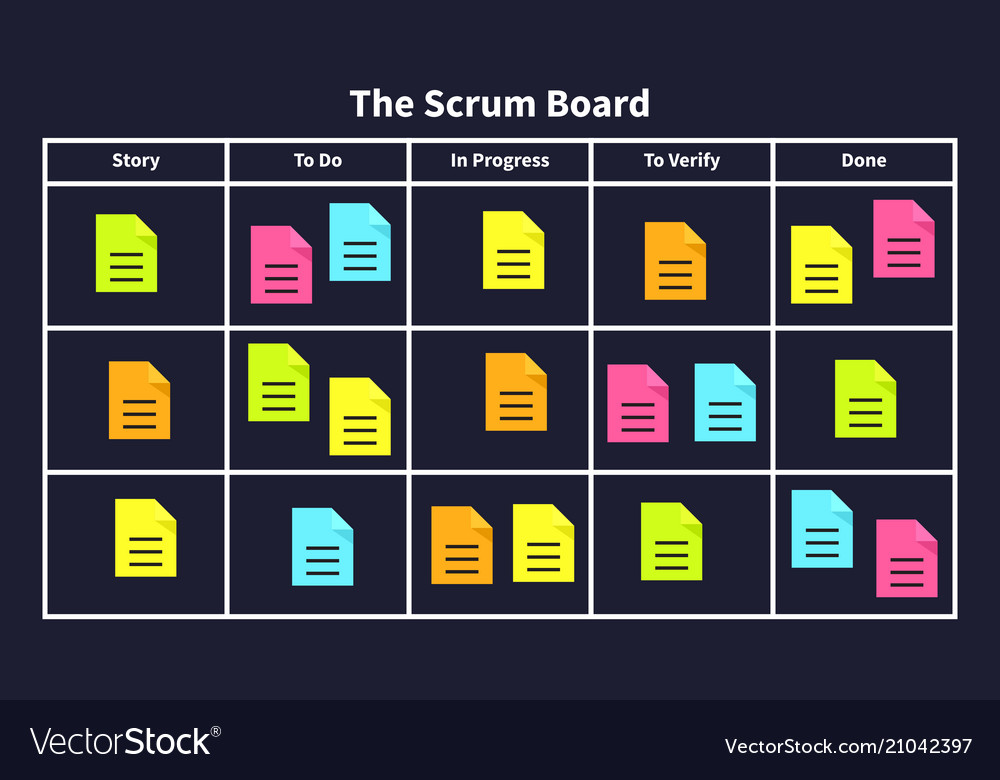
Story labels can be added to each story (more than one if required) to categorise the Story in an appropriate area, e.g.

Once your stories are out in the wild where the whole team can see them, you’re ready to get to work.ĥ.4 Add Agile Story Labels to Categorise the item into Type of Story Break it down into smaller user stories, and work with the development team for refinement. Start by evaluating the next, or most pressing, large project (e.g. Understanding their role as the source of truth for what your team is delivering, but also why, is key to a smooth process. User stories describe the why and the what behind the day-to-day work of development team members, often expressed as persona + need + purpose. We encourage teams to define their own structure, and then to stick to it. When that persona can capture their desired value, then the story is complete. This structure is not required, but it is helpful for defining done. “So that”: how does their immediate desire to do something this fit into their bigger picture? What’s the overall benefit they’re trying to achieve? What is the big problem that needs solving?įor example, user stories might look like:Īs MarkW, I want to invite my friends, so we can enjoy this service together.Īs MargaretW, I want to organize my work, so I can feel more in control.Īs a manager, I want to be able to understand my colleagues progress, so I can better report our success and failures.
#SCRUM AGILE TASKBOARD FREE#
What is it they’re actually trying to achieve? This statement should be implementation free - if you’re describing any part of the UI and not what the user goal is you’re missing the point. “Wants to”: Here we’re describing their intent - not the features they use. We understand how that person works, how they think and what they feel.

We’ve hopefully interviewed plenty of MarkW’s. Our team should have a shared understanding of who MarkW is. “As a ”: Who are we building this for? We’re not just after a job title, we’re after the persona of the person. User stories are often expressed in a simple sentence, structured as follows: Once the user stories are clearly defined, make sure they are visible for the entire project team. Since stories should be deliverable in one sprint, stories that might take weeks or months to complete should be broken up into smaller stories or should be considered their own epic. Time - Many development teams avoid discussions of time altogether, relying instead on their estimation frameworks. No need to guess at Agile stories when you can source them from your customers. Listen to feedback (be collaborative) - Talk to your end users (do it with them and not to them) and capture the problem or need in their words.

Ordered Steps - Write an Agile story for each step in a larger process (also called an EPIC). User personas - For Whom? If there are multiple end users, consider making multiple Agile stories. Outline subtasks or tasks - Decide which specific steps/ items need to be completed and which resource is responsible for each of them. The Definition of “Ready” (DoR) - The story is generally “ready” when the Product Owner is happy that the story can be placed on the Agile backlog as it fulfils all the construct parameters for a well-formed story item. The Definition of “Done” (DoD) - The story is generally “done” when the end user can complete the outlined task, but make sure to define what that outlined task is. Ensure that you add Sufficient Agile Story DetailĬonsider the following when writing user stories:


 0 kommentar(er)
0 kommentar(er)
